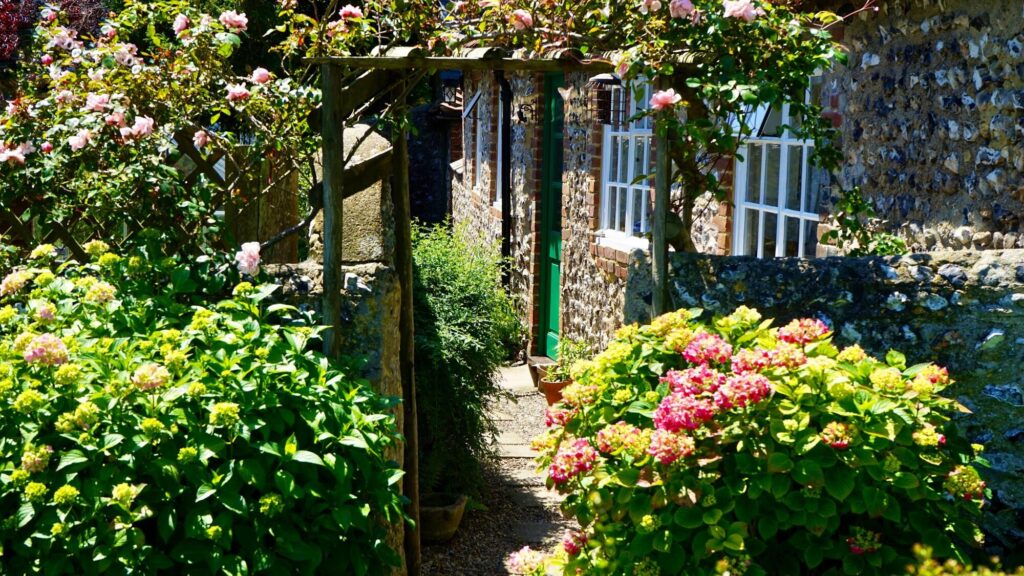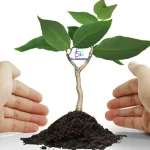Creating a garden that’s both beautiful and easy to care for is a dream for many. But with busy schedules, it can feel tough to find the time to maintain it. A low-maintenance garden is the perfect solution. The trick is choosing the right plants, designing smartly, and using simple, sustainable methods to keep things looking great with minimal effort.
Imagine having a vibrant, lush garden without all the hassle-sounds pretty amazing, right? Let’s dive in!
Choosing Durable Plants
When creating a low-maintenance garden, durability is key. Choose native or drought-resistant plants that do well in your area.
These plants need less care and are more resistant to pests and diseases. Here are some great plant choices:
Sedums
These succulent plants store water in their leaves, making them very drought-tolerant. They grow well in poor soil and need little care.
Lavender
Lavender has a lovely fragrance that attracts bees and butterflies. It grows best in well-drained soil and needs minimal watering once established.
Black-eyed Susans
These flowers are bright and cheerful, adding color to your garden. They’re tough, self-seeding, and require very little maintenance.
Ornamental Grasses
These grasses bring texture and movement to your garden. They need little care and thrive in various soil types.
Smart Design Techniques
Effective garden design plays a crucial role in reducing maintenance. Consider laying out your garden in a way that minimizes weeding and pruning. Some strategies include:
- Group plants by their needs.
- Use mulching.
- Create distinct zones.
Incorporating pathways made of durable materials, such as stones or brick, can further enhance the beauty of your garden while reducing maintenance time. For those in the local area, there are excellent paver services in St. Petersburg, FL that can help design these efficiently.
Sustainable Practices
Maintaining a low-maintenance garden also means considering sustainability. Integrating eco-friendly methods not only eases upkeep but is beneficial for the environment. Here are some practices to consider:
Implementing a Rain Garden
A rain garden helps collect rainwater, reducing the need for extra watering. It also improves drainage and prevents flooding in your yard.
Composting
Composting kitchen scraps is an easy way to recycle waste and improve your soil. It reduces the need for store-bought fertilizers and keeps your garden healthy.
Choosing Perennial Plants
Perennial plants come back every year, so you don’t have to replant them. This saves time and effort, making your garden easier to care for.
Regular Maintenance Strategies
While the goal is to minimize maintenance, a few regular tasks can prolong the life and beauty of your low-maintenance garden. Simple actions such as watering during dry spells, occasionally pruning dead materials, and keeping an eye on pest activity can go a long way. Setting a schedule to tackle these small tasks means you won’t be overwhelmed later with larger projects.
Embracing Effortless Beauty with Low-Maintenance Garden
A low-maintenance garden is all about making a space where you can relax and enjoy nature without a lot of work. By choosing the right plants, designing wisely, and using simple, sustainable methods, you can create a beautiful garden that needs little care. Start planning your low-maintenance garden now, and turn your outdoor space into a peaceful retreat with less effort.
Is this article helpful? Keep reading our blog for more.







